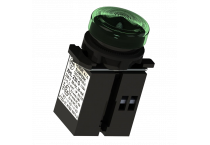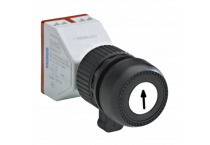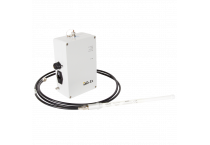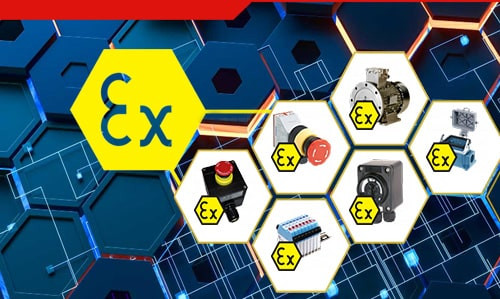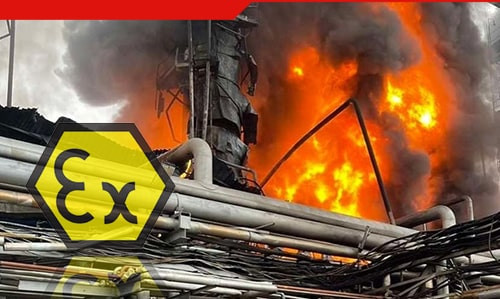-
- Polyester Junction Boxes [Ex|Zone 1, 21]
- Stainless Steel Junction Boxes [Ex|Zone 1, 21]
- Aluminium Junction Boxes [Ex|Zone 1, 21]
- GHG 791 Ex-e/Ex-i terminal boxes
- Junction boxes EX series RK polyamide / standard configuration
- Terminal boxes [Ex] - GHG Series (designed according to client specification)
- Terminal boxes [Ex] - QX-V Series - made of stainless steel (designed according to client specification)
-
- WISKA cable glands companies
- EX stop ends, polyamide, metric
- Cable glands plastic CAPRI / CEAG / CROUSE-HINDS
- LYRA - Polyamide Cable Glands for circular cables
- Exd cable glands for cable unreinforced - ADE-1F
- IEC and ATEX Cable Glands - International Standards
- Exd cable glands for armored cable - ADE-4F
- ADE cable gland accessories and kits
- Ex Certified Reducers/Adapters
- Ex Certified Stopping Plugs
-
- EX Stainless Steel Buttons
- Manual Fire Alarms (MFA)
- Junction and Terminal Boxes
- Control Panels
- Cable Glands
- Control Boxes
- Empty Enclosures
- Enclosures
- Ex Enclosures and Junction Boxes - Control Station
- Installation Connectors
- Line Bushings
- Boxes/Terminal Boxes [Ex] - made of polyester for QUICK DELIVERY
- Non-Explosive Bushings/Insulators - type M…x
- Protection enclosures
DACPOL offers a wide range of products and devices for explosion hazard zones.
What are explosion hazard zones?
An explosion hazard zone (Ex) is an area where substances occur that, when mixed with an oxidizing gas such as air, after ignition, cause the combustion process to spread throughout the entire mixture. The concentration of the combustible mixture in the zone lies between the explosive limits. The explosive limits are defined as follows:
- Lower explosive limit is the concentration value of the combustible component in a mixture with air or oxygen above which an energy stimulus can cause an explosion.
- Upper explosive limit is the concentration value of the combustible component in a mixture with air or oxygen below which an energy stimulus can cause an explosion.
Examples of energy stimuli – ignition sources may be: electric sparks, mechanically generated sparks, electrostatic sparks, or hot air.
We have many years of sales experience, allowing us to provide you with assistance and professional advice in selecting the right solutions. In addition to selling EX products, DACPOL organizes ATEX Training and offers services in explosion protection Ex-ATEX. Upon special customer request, we adapt electrical devices for operation in Ex zones.
All offered devices and tools have been developed with usage in explosion hazard zones in mind and perform excellently in various industries. Their parameters are precisely defined, which significantly increases safety during operation.
The products we offer comply with the parameters specified in the manufacturers’ catalog cards. Using the products we propose increases work efficiency and installation durability.
Devices for explosion hazard zones
Using safe technologies is essential wherever hazardous substances such as oil, gas, or various types of dust occur. A single spark is enough to ignite an explosive mixture. All devices and systems offered by us meet the requirements set out in European directives (ATEX) and comply with international standards and recommendations.
In the catalog of EX PRODUCTS, selected products available for regular sale are presented. Thanks to our experience, we provide expert assistance and advice in selecting the optimal solution.
- Lighting for explosion hazard zones (EX)
- Enclosures, control boxes, panels, EX accessories
- Enclosures, control boxes, panels, EX accessories for mining
- Standard plastic distribution boards EX
- Ex computers, monitors, and operator panels
- Ex connectors for explosion hazard zones
- ATEX Ex swivel connector - explosion-proof
- EX light and sound signaling
- Fans, EX cabinet heaters
- EX cables, EX heating cables, EX conduits
- EX automation
- Grounding devices
- EX displays
- EX cameras and EX devices
- Emergency power supplies for EX zones
- AC/DC power supplies on DIN rail KHEA series by COSEL
- EX control and measuring apparatus
- EX tools
- Industrial communication EX
- Explosion-proof switches
DACPOL offers products designed to operate in diverse environments where explosive atmospheres may be generated in zones 0, 1, or 2 for gases, as well as 20, 21, or 22 for dust. In our catalog, you will find equipment compliant with ATEX Directive 2014/34/EU (ATEX 114).
Explosion protection
Regulations impose on constructors and designers of installations, where safety is of particular importance, the obligation to apply explosion protection measures. Emphasis is placed not only on people’s safety but also on the trouble-free operation of production processes and environmental protection.
EX zones, where there is a risk of explosive mixture formation, are found in many places. Liquids and dusts forming explosive mixtures with oxygen occur not only in the chemical industry, mining, gas and oil production but also in many other sectors. Explosion hazard zones also exist in the textile industry and renewable energy generation. Systems installed in such places must meet explosion protection requirements.
Check our offer of devices for explosion hazard zones.
Contacting us, you will learn why our explosion protection measures will help you outpace the competition and why it is worth applying them.
How do we classify explosion hazard zones?
According to § 5.1 of the Regulation of the Minister of Economy dated July 8, 2010, “on minimum requirements concerning occupational health and safety related to the possibility of the occurrence of explosive atmospheres at the workplace” (Journal of Laws 2010 No. 138, item 931), zones where explosive atmospheres may occur are classified taking into account the division into explosion hazard zones. Zones according to the PN-EN-1127-7-2001 standard are divided as follows:
Liquids and gases are classified into three zones: 0, 1, 2 explosion hazard:
- an area in which an explosive atmosphere containing a mixture of flammable substances in the form of mists, vapors, or gases with air occurs continuously, frequently, or for long periods.
- an area in which an explosive atmosphere containing a mixture of flammable substances in the form of mists, vapors, or gases with air may occur during normal operation.
- an area in which an explosive atmosphere containing a mixture of flammable substances in the form of mists, vapors, or gases with air does not occur during normal operation, and if it occurs, it persists for a short time.
Dusts, powders, and fibers are classified into three zones: 20, 21, 22
- Zone 20 is an area in which an explosive atmosphere in the form of a combustible dust cloud occurs continuously, frequently, or for long periods.
- Zone 21 is an area in which an explosive atmosphere in the form of a combustible dust cloud may occur during normal operation.
- Zone 22 is an area in which an explosive atmosphere in the form of a combustible dust cloud does not occur during normal operation, and if it occurs, it persists for a short time.

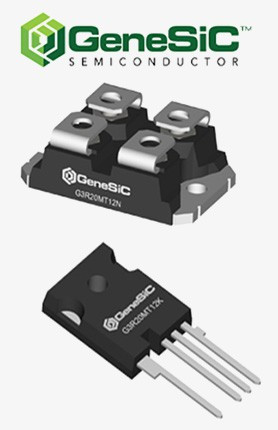
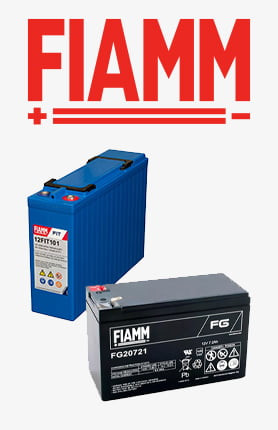
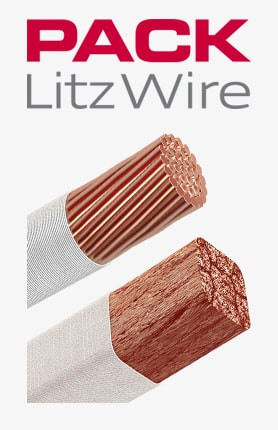
![Lighting for Hazardous Areas [Ex] Lighting for Hazardous Areas [Ex]](https://www.dacpol.eu/c/3722-catsmal_default/lighting-ex-17648.jpg)
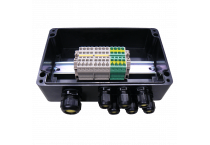
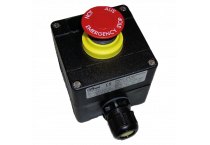
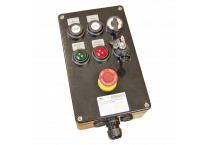
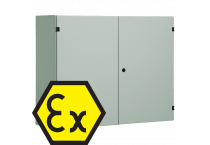
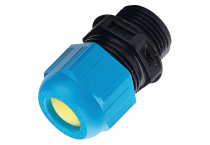
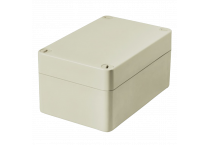

![Electrical Connectors for hazardous areas [Ex] Electrical Connectors for hazardous areas [Ex]](https://www.dacpol.eu/c/6862-catsmal_default/electrical-connectors-ex-explosion-60017.jpg)
![Light and Sound Signaling [Ex] Light and Sound Signaling [Ex]](https://www.dacpol.eu/c/6881-catsmal_default/light-and-sound-signaling-ex-60179.jpg)
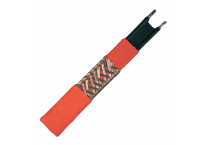
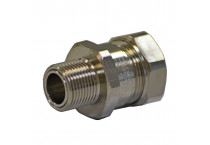
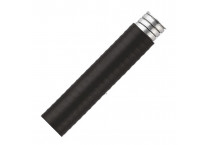
![Automation [Ex] Automation [Ex]](https://www.dacpol.eu/c/6917-catsmal_default/ex-automation-6917.jpg)
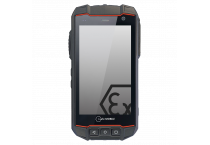
![Cameras and Digital Camera [Ex] Cameras and Digital Camera [Ex]](https://www.dacpol.eu/c/6945-catsmal_default/ex-cameras-and-digital-camera-60719.jpg)
![Housings, Control Boxes, Panels, Accessories [Ex] Housings, Control Boxes, Panels, Accessories [Ex]](https://www.dacpol.eu/c/6855-catsmal_default/atex-ex-enclosures-59981.jpg)
![Computers, Monitors and Operator Panels [Ex] Computers, Monitors and Operator Panels [Ex]](https://www.dacpol.eu/c/6949-catsmal_default/computers-and-monitors-operator-ex-60755.jpg)
